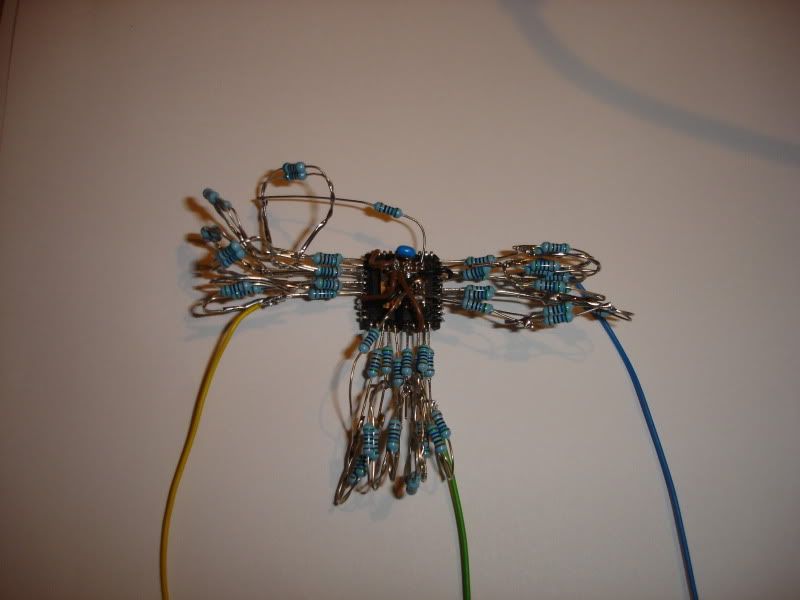Long shot I guess, but does anyone know where to get 280ohm 1% through hole resistors, where there is
1) No minimum order, not in components, but in £
2) In stock
3) No ridiculous delivery charge.
Tried
Maplin. Don't stock them, no surprise there
Radio spares. Have them, but quantity I need is back ordered in standard packaging until 10th of next month . Have them in the reel/strip (strip for under 150) packaging, but no collect from store option in that type, so £4.99 delivery for £2-3 resistors
. Have them in the reel/strip (strip for under 150) packaging, but no collect from store option in that type, so £4.99 delivery for £2-3 resistors  .
.
Mouser, have them, but £12 delivery as they are in the US
Farnell, have them, minimum order of £30 + £4.99 delivery
Rapid. Don't have them, only 0.01% precision resistors which are too expensive .
.
bitsbox.co.uk. Don't have them
Ebay. Only found them as an smd.
They are going on pcb, so unfortunately, I can't use two 560 1% which I can find, in place of them. So anywhere else to try? or just give up until radiospares restocks and pick up from store.
1) No minimum order, not in components, but in £
2) In stock
3) No ridiculous delivery charge.
Tried
Maplin. Don't stock them, no surprise there
Radio spares. Have them, but quantity I need is back ordered in standard packaging until 10th of next month
Mouser, have them, but £12 delivery as they are in the US
Farnell, have them, minimum order of £30 + £4.99 delivery
Rapid. Don't have them, only 0.01% precision resistors which are too expensive
bitsbox.co.uk. Don't have them
Ebay. Only found them as an smd.
They are going on pcb, so unfortunately, I can't use two 560 1% which I can find, in place of them. So anywhere else to try? or just give up until radiospares restocks and pick up from store.






